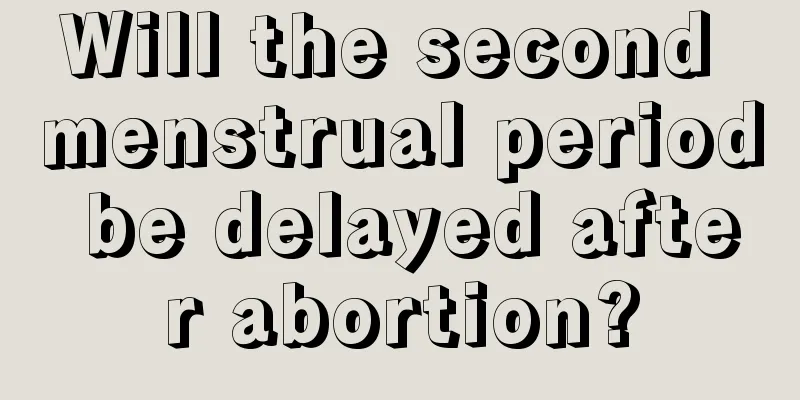What are the classifications of uterine epithelioid leiomyoma?

|
When it comes to uterine leiomyoma, I believe many people don’t know much about it, but when it comes to uterine fibroids, I believe everyone knows it. In fact, uterine leiomyoma and uterine fibroids are the same concept, and they are both common diseases in women. Although we know of its existence, many people do not understand it. Especially the understanding of the classification of uterine fibroids. If you are interested in this aspect, let's take a look at the three categories of uterine fibroids! According to the relationship between myoma and uterine muscle wall during its development, it can be divided into three categories. 1. Intramural fibroids: Fibroids are located within the uterine muscle wall and are surrounded by the muscle layer. Accounting for 60%-70%. 2. Subserosal fibroids: Fibroids grow toward the uterine serosa and protrude on the surface of the uterus, accounting for about 20%. The surface of the fibroid is covered only by the uterine serosa. When the tumor continues to grow toward the serosal surface, only one pedicle is connected to the uterine muscle wall, becoming a pedunculated subserosal fibroid, and nutrition is supplied by the blood vessels of the pedicle. It is prone to degeneration and necrosis due to insufficient blood supply. If the pedicle is twisted and broken, the myoma will fall off into the abdominal cavity or pelvic cavity, forming a free myoma. If the myoma is located on the side wall of the uterus and grows toward the side of the uterus, protruding between the two leaves of the broad ligament, it is called a broad ligament myoma. 3. Submucosal fibroids Fibroids grow toward the uterine mucosa, protrude from the uterine cavity, and are covered only by the mucosal layer. They are called submucosal fibroids. Accounting for 10%-15%. Fibroids are mostly single, causing the uterine cavity to deform and enlarge, but there is no obvious change in the shape of the uterus. Submucosal fibroids are prone to form pedicles and grow in the vagina like foreign bodies, often causing uterine contractions and the fibroids to be squeezed through the cervix into the vagina. There are many treatments for uterine fibroids, including hormone therapy, surgical treatment, interventional treatment and traditional Chinese medicine treatment. So what is the best method? In fact, conservative and surgical, Western medicine and Chinese medicine each have their own strengths. When choosing treatment methods and means, you should judge based on the following circumstances: First, the age factor. It is generally believed that the formation of uterine fibroids is closely related to excess sex hormones. After reading the above description, I wonder if you are now clear about the classification of uterine fibroids. In our lives, many women feel that life has no hope after suffering from uterine fibroids. In fact, this idea is too negative. As a benign tumor, uterine fibroids can actually be treated, but the editor recommends that you go to a local regular and specialized hospital for treatment. |
<<: What causes thick and white vaginal discharge?
>>: Why do women’s nipples become hard when touched?
Recommend
Can I get pregnant if I ejaculate during my period?
Menstruation is a physiological phenomenon that w...
Trauma first aid knowledge
Four techniques of trauma first aid: hemostasis, ...
What can't you eat if you have uterine cyst?
Uterine cysts require dietary restrictions, other...
Can I drink barley tea during menstruation?
It is very normal for women to have menstruation....
What to do if the follicle is enlarged and does not rupture
The follicle is very important for women and is a...
What to do if a girl has chest hair
It is rather embarrassing for girls to have chest...
How many days does it take for fresh embryos to implant?
If women do not pay attention to their physical c...
Chest pain during confinement
Confinement is the most important activity for wo...
What changes have occurred in my belly during my 5th month of pregnancy? How come my belly starts to grow fast during my first few months of pregnancy?
We all know that after a woman becomes pregnant, ...
What are the reactions after taking emergency contraceptive pills?
In life, being with the one you love is a very ha...
A woman dreams of cutting someone else's hair
Most people feel that dreaming delays their sleep...
Headaches, which may be caused by medication overuse
Author: Zhao Jialing Sichuan Academy of Medical S...
I want youth, not acne: A journey through the "skin factory"
Author: Wang Wanying, Du Haojie, Zhou Yi, Xi'...
Why does the fetal movement cause uterine pain?
In the middle and late stages of pregnancy, fetal...









